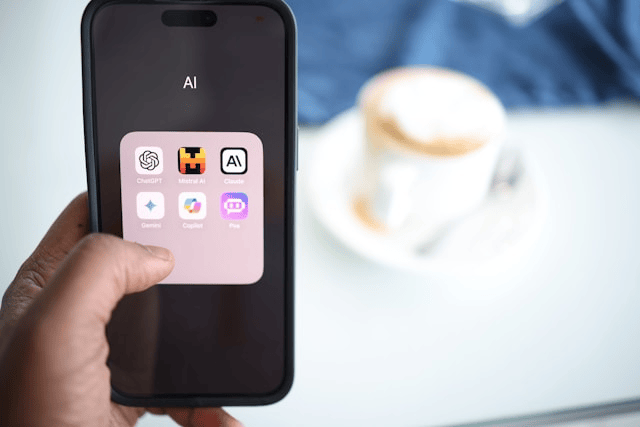Have you ever asked Siri a question, told Alexa to play your favorite song, or chatted with an AI assistant like ChatGPT? If so, you’ve experienced artificial intelligence trying to understand human language. But what’s happening behind the scenes when you speak to a machine? How does it turn your words into action or answers?
In this article, we’ll take a simple, human-friendly look at how AI understands what you say from the moment you speak to the moment you get a reply.
From Your Voice to Text: Speech Recognition
When you speak to a voice assistant or any AI-powered app, the first step is turning your speech into text. This is where speech recognition comes into play.
Speech recognition is a technology that listens to the sound waves of your voice and converts them into written words. It works by analyzing your speech patterns, comparing them to large databases of spoken language, and predicting what words you’re saying. Modern systems are trained on thousands of hours of audio recordings to recognize accents, tones, and even background noise.
For example, when you say, “What’s the weather like today?” the system detects each sound, processes them, and turns them into readable text before passing it along for deeper analysis.
Understanding the Language: Natural Language Processing
Once your words are transcribed, the next step is natural language processing (NLP). This is how AI actually interprets the meaning behind your question or command.
NLP is a branch of AI that enables machines to understand and respond to human language. It breaks down your sentence into components like nouns, verbs, and phrases and identifies the intent behind your words. For instance, in “What’s the weather like today?”, NLP determines that you’re asking for weather information, not giving a weather report.
AI models like ChatGPT are trained on vast collections of books, articles, websites, and dialogues. These models learn to predict and generate human-like responses by identifying patterns in language. It’s similar to how a person who’s read a lot of books starts to get a feel for grammar, tone, and meaning.
Meaning, Context, and Nuance
Understanding individual words is just part of the challenge. AI also needs to understand context, tone, and even subtle meanings. This is where things get more complex.
For example, if someone says, “I’m cold,” they could mean:
-
They’re feeling physically cold and need a jacket.
-
They’re emotionally distant or upset.
-
They want the thermostat turned up.
How does AI figure out which meaning is correct? It looks at context the words around it, previous conversations, or even your past interactions with the AI. Some advanced systems even try to detect sentiment (whether you’re happy, angry, or sad) to respond more naturally.
This kind of understanding is one of the biggest challenges in AI language understanding. It requires not just knowing what words mean, but also when, why, and how they’re being used.
Challenges and Limitations
Despite the progress, AI communication is far from perfect. Here are some common challenges:
-
Ambiguity: Human language is full of double meanings and vague expressions. AI can struggle to decide what you really mean without more context.
-
Bias: AI models learn from the data they’re trained on. If that data contains stereotypes or errors, the AI might reflect them in its responses.
-
Accent and Dialect Variability: While AI is improving, strong regional accents or uncommon dialects can still trip up even the best speech recognition systems.
-
Slang and Informal Language: Phrases like “spill the tea” or “on fleek” might confuse systems that haven’t been trained on recent cultural language.
Developers are constantly working to address these issues, making AI more inclusive and better at handling real-world communication.
The Future of Language AI
The future of natural language processing and AI language understanding is bright. Researchers are focusing on making AI:
-
Better at understanding emotions and tone
-
More skilled at handling multilingual conversations
-
Capable of following long-term context in ongoing conversations
-
More personalized based on user preferences and history
Imagine an AI that can talk to you like a close friend understanding your habits, moods, and speaking style. We’re not there yet, but every new advancement brings us closer.
Real-World Applications
You already interact with these technologies more often than you might think. Here are a few places AI communication is making an impact:
-
Customer service chatbots on websites
-
Voice assistants like Siri, Google Assistant, and Alexa
-
Smart homes with voice-activated controls
-
Healthcare AI that helps doctors analyze patient descriptions
-
Translation apps that turn spoken language into other languages in real time
These examples show how important it is for AI to understand what we say accurately and how it’s already changing the way we live and work.
Conclusion
So, how does AI understand what you say? It all starts with speech recognition, which transforms your voice into text. Then, through natural language processing, AI figures out what you mean, drawing from massive amounts of training data and learned patterns. Finally, it responds in a way that (ideally) makes sense, taking into account context and even emotion.









